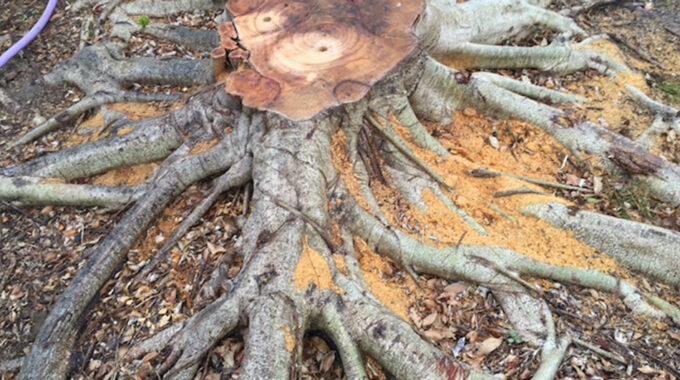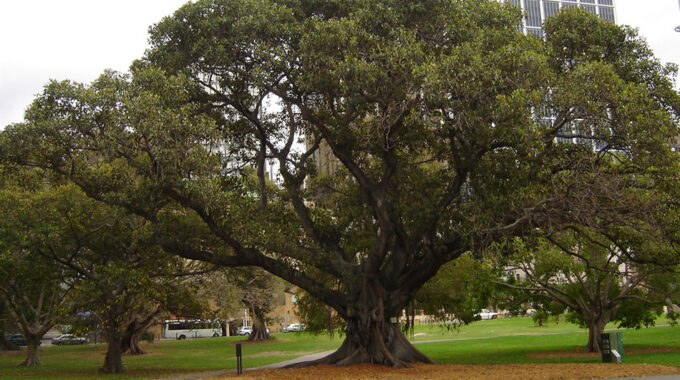
How Tall Does a Fig Tree Grow?
Introduction to Fig Trees (Ficus)
Fig trees, part of the Ficus genus, hold a special place in many Australian gardens. With their wide-reaching branches, lush leaves, and sweet, succulent fruit, these trees have captivated gardeners for centuries. They aren’t just appreciated for their beauty but also for their ability to thrive in different climates, particularly those with the warm, Mediterranean-like conditions that are common in parts of Australia.
But fig trees offer more than just visual appeal. They provide much-needed shade, contribute to the local ecosystem, and, of course, reward you with delicious fruit. However, if you’re considering planting a fig tree, it’s essential to know how tall it might grow. This knowledge will help you plan your garden space effectively and ensure that your tree flourishes in its new home.
In This Article:
- The Average Height of a Fig Tree
- How Big Do Fig Trees Grow in Pots?
- What Is the Growth Rate of a Fig Tree?
- How to Maintain a Fig Tree’s Height
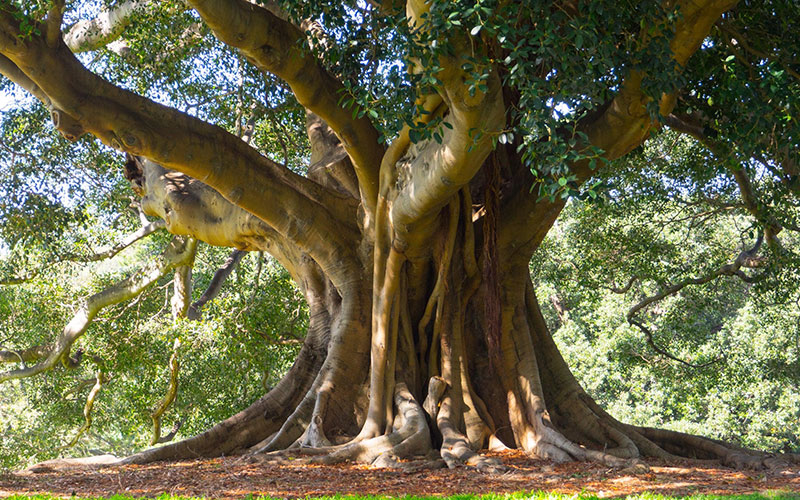
Fig Trees are pruned when young to develop several main branches. Aim for an umbrella-like shape so you can enjoy their shade. – Homestolove
The Average Height of a Fig Tree
The height of fig trees can vary significantly depending on their variety, the care they receive, and the environment in which they’re planted. On average, most fig trees will grow to a height of 3 to 9 meters (10 to 30 feet). Yet, this range isn’t set in stone—fig trees can surprise you.
Take the common fig (Ficus carica), for example. This variety is one of the most popular choices for gardeners and typically grows to a more manageable height of about 3 to 5 meters (10 to 16 feet). On the other end of the spectrum, some fig trees found in tropical regions can shoot up much taller, sometimes reaching an impressive 15 meters (50 feet) or more when conditions are just right.
A fig tree’s height is influenced by where it’s planted. Those enjoying full sun, well-drained soil, and regular attention are more likely to reach their full height potential. Meanwhile, fig trees that are planted in less ideal conditions might not grow as tall as expected.
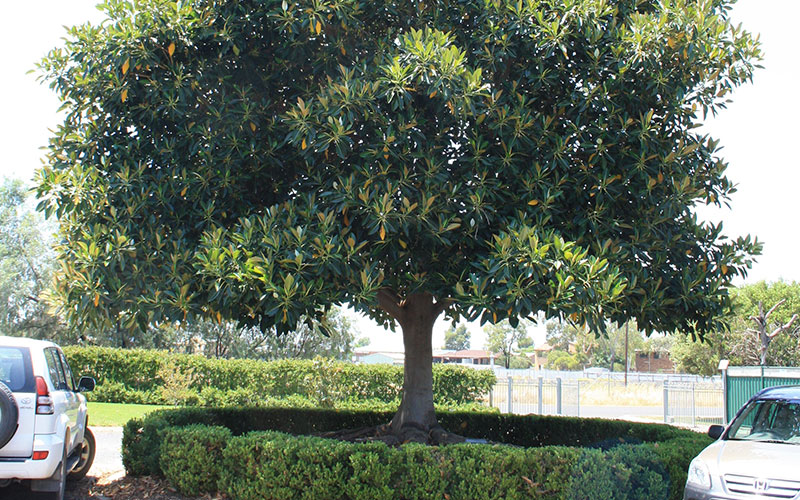
Avoid planting your fig tree near any drains or pipes, as fig roots can be very vigorous and invasive. Before planting, prepare the hole by blending through quality, well-composted manure or compost. – Bunnings
How Big Do Fig Trees Grow in Pots?
Growing a fig tree in a pot is an excellent solution for gardeners with limited space or for those living in cooler climates where the tree might need to be moved indoors during winter. However, when you choose to grow a fig tree in a pot, its size will be naturally limited by the container.
Typically, fig trees grown in pots will reach a height of about 1.8 to 2.4 meters (6 to 8 feet). The limited root space in the container slows the tree’s growth, making it easier to manage in smaller areas. But don’t be fooled—if you give your potted fig tree the right care, it can still reach up to 3 meters (10 feet) tall.
When opting to grow a fig tree in a pot, choosing the right variety is crucial. Dwarf varieties, such as ‘Petite Negra’ or ‘Little Miss Figgy,’ are particularly well-suited for container gardening. These varieties stay naturally small, making them easier to maintain.
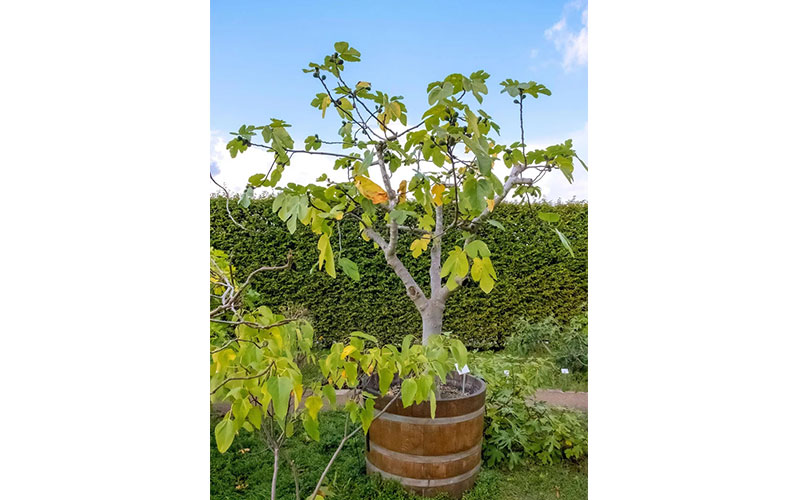
What Is the Growth Rate of a Fig Tree?
Fig trees are known for their relatively rapid growth. Under favorable conditions, a fig tree can grow by 0.6 to 1.2 meters (2 to 4 feet) each year. This fast growth rate is part of what makes fig trees so appealing—they quickly establish themselves, and before you know it, you’ll be enjoying their shade and fruit.
However, as fig trees grow, so do their roots. Understanding how fig tree roots develop is crucial, especially if you’re concerned about potential invasiveness. You can learn more about this topic in our article on Are Fig Tree Roots Invasive?.
Several factors contribute to the growth rate of a fig tree:
- Climate: Fig trees thrive in warm, sunny climates. Australian regions with Mediterranean-like conditions are particularly well-suited for growing fig trees. In cooler areas, however, growth may be slower, and the tree might not reach its full height.
- Soil: Fig trees prefer well-drained soil that’s slightly acidic to neutral in pH. If the soil conditions are poor, the tree’s growth can be stunted.
- Watering: While fig trees are fairly drought-tolerant once established, they do need regular watering during their early years. This helps support their rapid growth. Be careful, though—too much water can cause root rot, which can slow the tree’s growth.
- Pruning: Regular pruning helps maintain the tree’s shape and encourages healthy growth. By removing dead or crowded branches, you’re allowing the tree to channel its energy into new, vigorous growth.
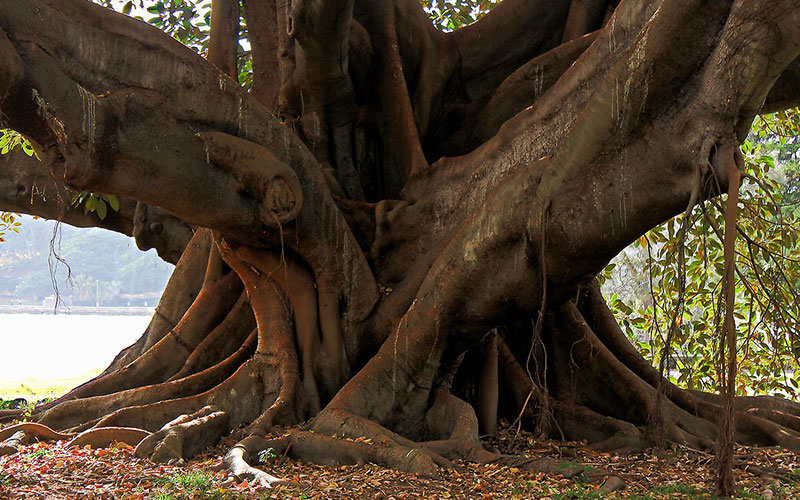
Despite bearing delicious fruit, fig trees can be invasive, as the roots spread widely in optimal growing conditions. Additionally, fig trees are not safe for animals and are toxic to dogs, cats, and horses. – Southernliving
How to Maintain a Fig Tree’s Height
Keeping your fig tree at a manageable height is a common concern, especially if you’re dealing with limited space or growing your tree in a pot. Fortunately, there are a few strategies you can use to control the height of your fig tree:
- Pruning: This is the go-to method for managing the size of your fig tree. Regularly trimming the top growth and thinning out branches will keep the tree at a more controlled height. Pruning is best done in late winter, just before new growth begins. This timing helps the tree recover quickly and start the growing season strong.
- Container Growing: As mentioned earlier, growing a fig tree in a pot will naturally limit its size. If your tree starts to outgrow its container, you can either move it to a larger pot or prune the roots to keep it in its current pot. This will help keep the tree’s overall size manageable.
- Choosing the Right Variety: If height is a concern, selecting a smaller or dwarf variety of fig tree can make a big difference. These trees are bred to stay more compact, making them ideal for smaller gardens or pots.
- Watering and Fertilisation: Proper watering and fertilisation are also key to controlling a fig tree’s growth. Over-fertilising can lead to excessive growth, so it’s important to feed your tree in moderation. Similarly, water regularly but avoid over-watering, as too much water can lead to rapid, uncontrolled growth.
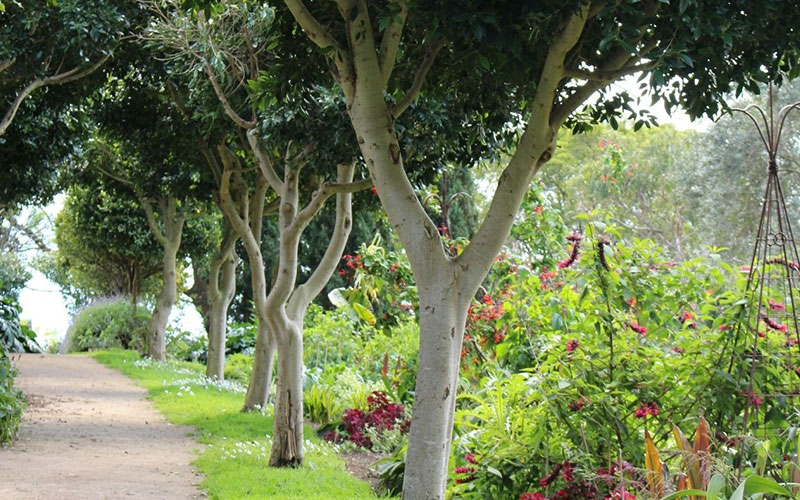
Fig Tree Height: Let the Professionals at Tree Removal Nearby Help
Fig trees bring both beauty and bounty to any garden, but managing their size can sometimes be challenging. Whether you’re planting a new fig tree or looking to control the growth of an existing one, the team at Tree Removal Nearby is here to help.
Tree Removal Nearby is an information hub for all things arboriculture. Our professional arborists are ready to provide expert advice on fig tree care, from selecting the right variety to effective pruning and maintenance. We understand the unique growing conditions in Australia and can offer personalised advice to ensure your fig tree thrives without becoming too large for your space.
For more details on fig tree care or to arrange a consultation with one of our arborists, visit our Tree Removal Services page or contact us directly through our website.


